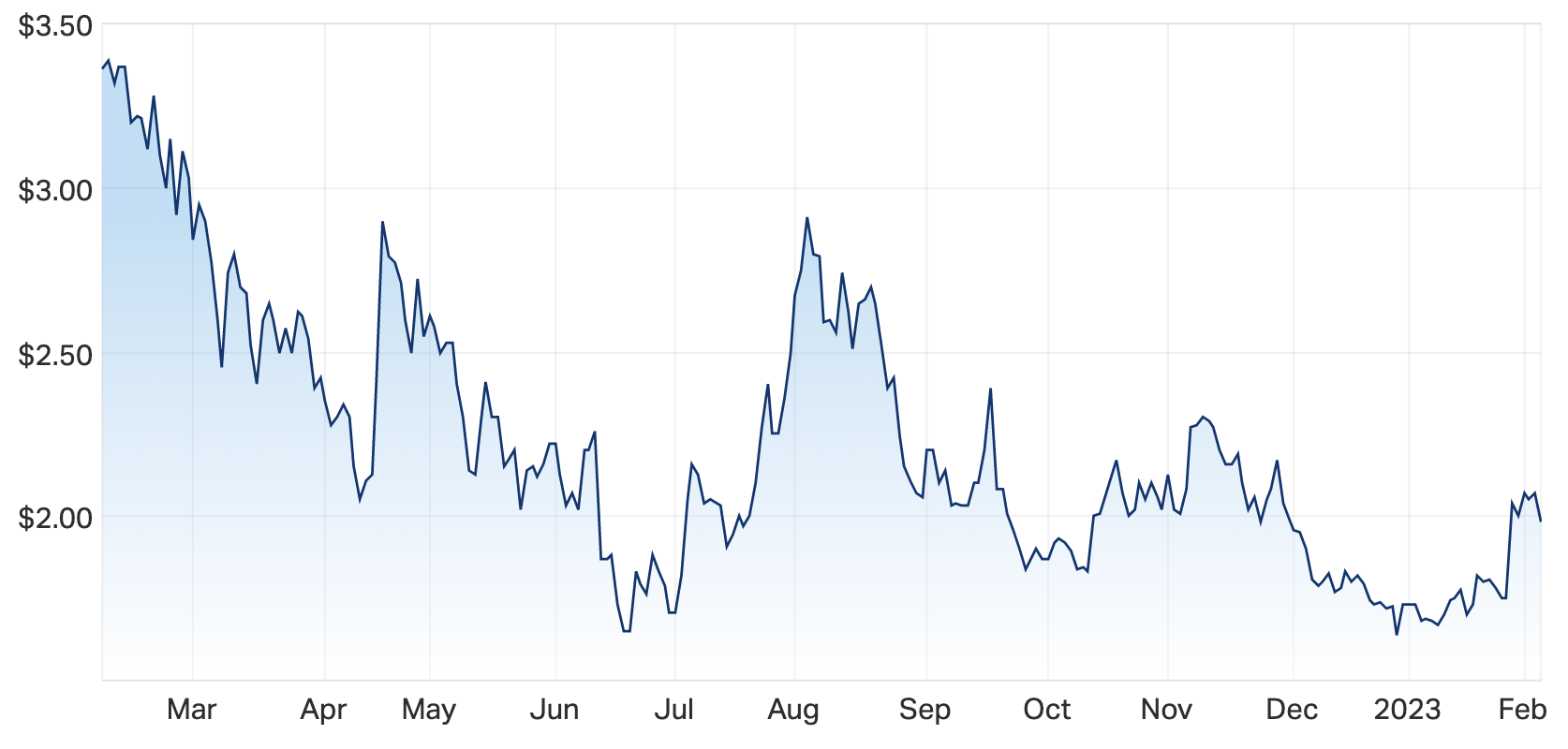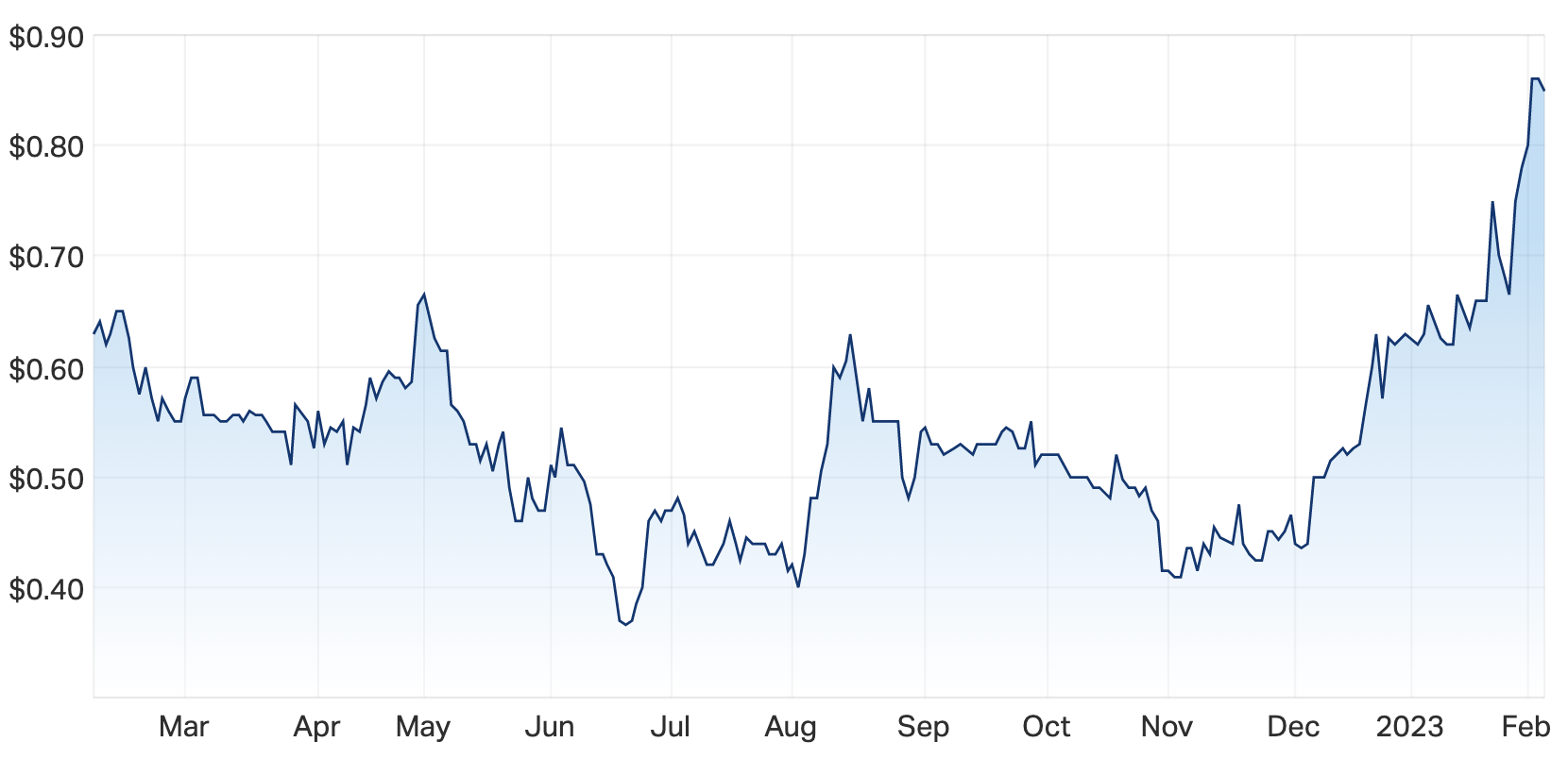Two ASX micro-cap stocks for your radar
For investors looking to put some money to work in earlier-stage listed companies (and yes, there are still a few of us), I recently spoke with Luke Winchester, co-founder and portfolio manager of Merewether Capital.
When you’re talking about microcaps, cash burn is the elephant in the room. It’s what scares off many would-be investors in the market segment and is often regarded as an inevitable risk of investing in microcaps.
But as Winchester explains, companies that rely on high levels of debt or tapping shareholders to fund their growth are massively out of favour currently. We’ve seen it in the recent commentary from three of the world’s largest Growth stocks, Apple (NASDAQ: AAPL), Amazon (NASDAQ: AMZN), and Alphabet (NASDAQ: GOOGL), where cost-cutting was the topic du jour in their latest quarterly results. And it’s also the dominant theme in the ASX microcap December 2023 quarter reporting.
“In almost every update, there was commentary about their path toward cash flow sustainability, how far away they think they are, and reassuring investors that the cash they have in the back is enough to sustain their trajectory,” Winchester says.
“Many are still burning cash in that way but it’s in companies with that inflection point where you’ve seen their share prices do well.”
Note: This interview took place on Monday 6 February. The information below should not be considered financial advice. Investors should consult their own financial adviser before making any investment decision.
Camplify (ASX: CHL)
- Market cap: $114.19 million
- IPO date: 29 June 2021
- Latest closing price: $2.07
A caravan and motorhome community, Camplify provides a platform for users to lease recreational vehicles. Similar in some ways to the likes of AirBnb (NYSE: ABNB), the service bundles up damage insurance cover, verification of users and other ancillary benefits.
Camplify 12-month share price

The company’s ability to minimise capex without racking up high levels of debt or tapping shareholders is one of the first things Winchester emphasises.
“If it was coming through five years ago, you’d be saying it should run heavy losses to try and get as many RVs and caravans onto its books as possible. But they’re proving you don’t have to go crazy with your expenses to build scale,” he says.
How “sticky” is it?
A key attribute of firms in this marketplace space – think the likes of Seek (ASX: SEK), REA Group (ASX: REA) and Carsales.com (ASX: CAR) (and the comparisons are valid, Winchester assures me) is their ability to attract and retain customers. In other words, stickiness.
For him, the comparison with these ASX darlings is the ability to scale quickly and the low cost of servicing each additional customer: “You see that with Seek, REA and Carsales, which earn insanely high margins
What are the risks?
One of the biggest risks is that users might simply abandon the platform after making the initial connection with other users and decide to transact independently (as has occurred at the likes of Airtasker and Hipages). But Winchester believes the ancillary benefits, such as simple insurance and breakdown coverage, mitigate much of this for Camplify.
“It’s quite sticky compared to some of those others. Management doesn’t disclose much churn rate, but their numbers all point in the right direction, without the sales and marketing expense going crazy,’ Winchester says.
“This suggests they do a pretty good job of retaining people and getting growth, without having to re-engage those same customers.”
A modestly expanding footprint
Winchester also likes the way management has chosen to nail down its operations and growth in Australia and New Zealand without rushing to open in new global markets. Much of Camplify’s growth so far has been organic they’ve chosen to grab the low-hanging fruit first.
But in the fourth-quarter of 2023, it acquired a German RV booking business, PaulCamper for almost $50 million. A business that’s of a similar scale to Camplify, this immediately expanded the group’s footprint into Germany and a few other European countries.
It currently doesn’t have a presence in the US, though Winchester says he finds that refreshing.
“That’s always the holy grail. But it again goes back to management knowing it could dominate Australia and New Zealand – which they’ve done – and then have used a reasonably priced acquisition to enter Europe,” he says.
“They’re not looking at the US and saying ‘we need to be there, we need to spend millions a year and go after it, but are more pragmatic about it.”
Winchester expects Camplify will enter the US market eventually but will do it slowly and steadily.
The other big risk is the tourism sector more broadly, with widely diverging views in the market about what tourism looks like post-COVID but mid-economic downturn.
“The COVID bounce we’ve seen with the reopening could reverse really quickly. Macro is a real risk, but I think people need to develop their own view on that,” he says.
Winchester is on the more optimistic side – and concedes he holds a small position in Camplify. Winchester believes the lower price point of camping and caravan holidays means it holds up better than the upper end, and may even win market share from people who “downscale” holidays during the tougher economy.
Camplify shares on Friday 3 February closed at $2.07, and are down 42% in the last 12 months.
DUG Tech (ASX: DUG)
- Market cap: $99.22 million
- IPO date: 12 August 2020
- Latest closing price: 86 cents
With a market cap of just over $100 million ($101.6 million), DUG Tech just scrapes into the top 1000 ASX stocks in terms of company size.
Dominating the “HPC-as-a-service” space (if you’ll excuse me for coining another acronym), high-performance computing is what DUG Tech does. And fortuitously, the Materials sector is one of its biggest areas of client demand. The company provides data and analysis, including coding support and algorithm development, with offices in Perth, London, Houston and Kuala Lumpur.
DUG Tech 12-month share price

Winchester regards the company as possibly less sustainable in terms of cash flow than Camplify, describing it as a “more lumpy business” and conceding he doesn’t currently own the stock.
“They’ve really commercialised their product in the oil and gas space. They’re doing geothermal analysis, plate tectonics and the like around helping customers know where they should drill," he says.
The company has had several large contract wins in the last six months and the quarterly announcement in late January caught Merewether’s attention.
“They’ve had this before, then they have a big month and things tail off. For me, it’s a Hold and watch," Winchester says.
"It’s probably one where you’d want to see them string one or two of these types of quarterly results together to show the big one-off can be sustained.”
But in terms of the resources, Winchester says the sector is one of the few corners of the market that's continuing to see what he describes as “counter-cyclical tailwinds.”
For example, consumer and industrial companies are starting to see tougher numbers coming through as they cycle the comparable numbers from 2021 and 2022.
“But oil and gas has been such a chronically under-financed sector for so many years, they could see some nice tailwinds because money needs to be spent,” Winchester says.
“You’re also cycling some very weak comps from the last few years, so people start to get excited.”
As he explains, there are good reasons to be optimistic about the company, “but you’d probably just like to see it before you jump in.”
Management of DUG also claims to have had a breakthrough late last year, which reduced the time taken to run some of their projects.
“If they can keep winning these contracts, you can see these margins really improve as they generate more efficiencies through products.”
Winchester rates the company a “cautious Buy”.
DUG closed at 86 cents a share on Friday 3 February, the stock price up 32% in the previous 12 months.
Never miss an insight
Enjoy this wire? Hit the 'like' button to let us know. Stay up to date with my content by hitting the 'follow' button below and you'll be notified every time I post a wire.
Not already a Livewire member? Sign up today to get free access to investment ideas and strategies from Australia’s leading investors. And while I ask the questions of some of Australia’s best strategists, economists and portfolio managers, if you’ve questions of your own, flick me an email on content@livewiremarkets.com
4 topics
9 stocks mentioned
1 contributor mentioned

